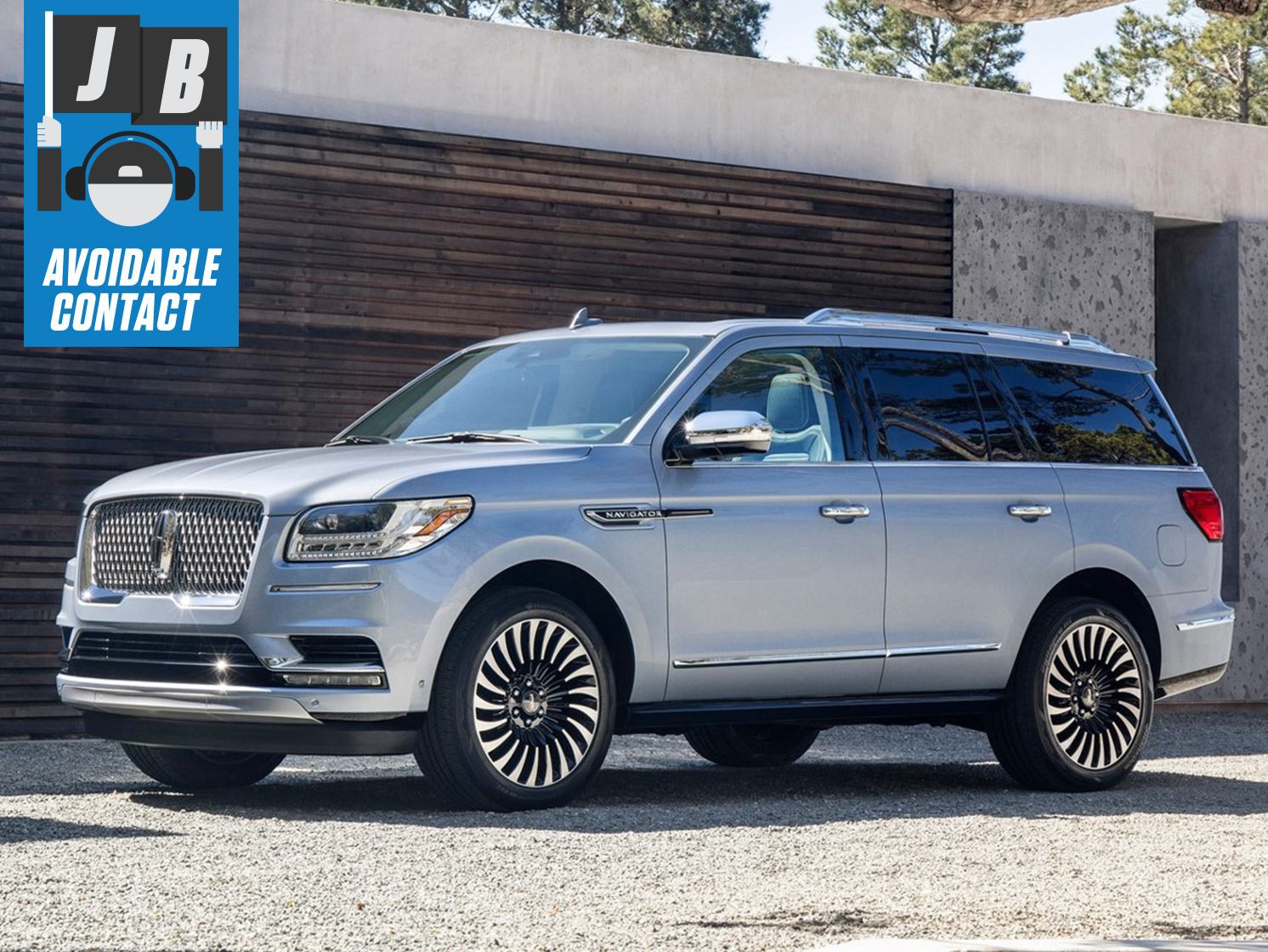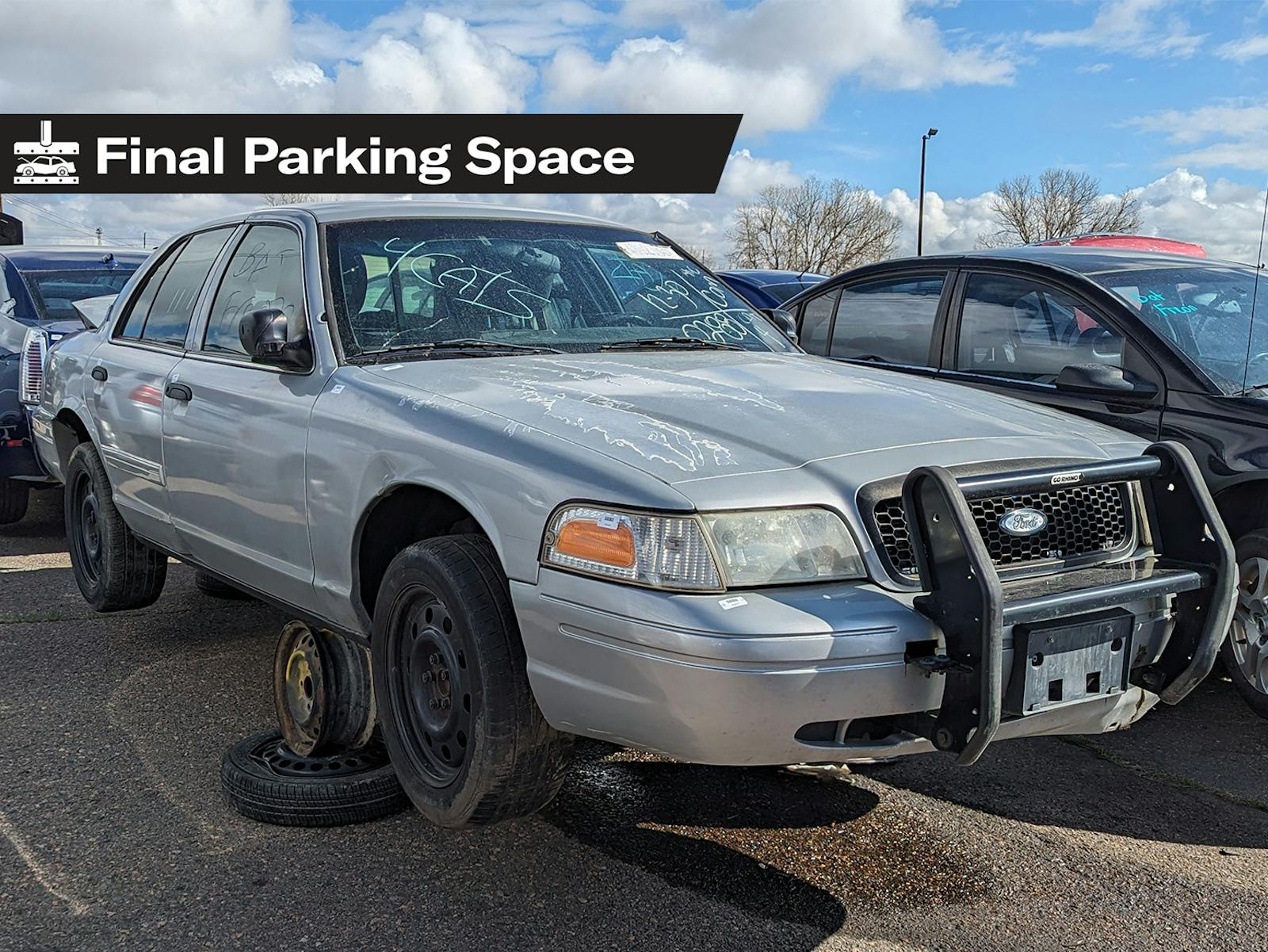Why German SUVs were once cheap and American SUVs are now expensive
“How many things there are here that I do not want!” That’s what Socrates supposedly told a companion as they strolled through a bustling marketplace, but after 32 years working in one facet or another of the automotive industry, I often find myself saying, “How many things there are here that I do not know!” Which is fine, because the last person to understand the car biz in its entirety was probably Karl Benz.
What worries me more than what I don’t know is that long list of facts and figures which seem to be universally unknown. Consider, if you will, the following: What is the true cost of building and selling an automobile? You would think that someone knows the answer to that question for, say, the 1984 Ford Tempo LX sedan. All the bills have been paid, all the warranty work has been done, all the lawsuits are concluded. What did Ford really pay, from cradle to grave, for each Tempo? Surely there is someone in accounting who has that number, right?
Wrong. Even if you could properly measure all the costs involved, you wouldn’t be able to get anyone to agree on how they should be assigned. The cost to develop the Chevrolet LT1, for instance, was nontrivial. How would you divide that cost across vehicle lines? The traditional method is by distribution percentage, but doing so fails to consider that LT1 was critical to the continued success of the C4 Corvette while making almost no difference whatsoever to would-be owners of the Buick Roadmaster. (Original owners, that is; for those of us buying and selling the “Beige Bettys” in 2019, the presence of an LT1 will be the first question asked.)
Let’s not even get into the mechanics of CAFE, import quotas, and other externally-imposed costs. It’s generally agreed that the 1981 Escort was a financial catastrophe, while the 1981 Town Car was a roaring success—but that obscures the fact that Ford needed to sell about two Escorts for every Town Car, just to balance the CAFE books. From a financial perspective, you might say that the American side of the “World Car” Escort program was simply a negative line item on Town Car P&L.

You get the idea. Nobody knows what it costs to build and sell a car. Which means, in turn, that new cars cannot be priced on any kind of cost-plus-profit basis. As old Polonius said, it follows therefore, as night doth day, that the pricing of new cars must be set almost entirely by marketing considerations. You don’t sell a car for what it costs to build; you sell it for what people will pay. Those of you who made it through ECO101 in school will nod your heads condescendingly at this point: “Yes, dummy, that’s how it works.”
Ah, but it’s not as simple as ECO101. There’s no simple demand curve. There was a year in human history where the Mercury Villager was the hottest minivan on the market, with most examples staying in dealer inventory for just a week or two before finding buyers. The mechanically identical Nissan Quest was showroom poison, even though:
- It was cheaper
- At the time, Nissan was understood to have a LOT more brand equity than Mercury.
Riddle me that, armchair economists, because there’s no rationality in this rational market.

My favorite example of pricing schizophrenia, however, is the curious case of the “prestige” SUV, as observed from 2000–19. Let me ask you a few questions. No cheating, and no searching. Just answer from your own preconceptions.
- Which one cost more in 2000: a mid-sized BMW sedan or the equivalent SUV?
- What about the same products from Mercedes-Benz?
- How about in 2019, for both manufacturers listed above?
- Which cost more in 2000: a mid-sized Ford sedan or the equivalent SUV?
- And today, in 2019?
Here are the answers:
- The 5-series sedan was more expensive than an X5, adjusted for equipment.
- The ML350 SUV was MUCH cheaper than the E350 sedan.
- BMW charges more for an X5 than it does for a 5-series sedan now; for Mercedes-Benz, the prices of SUV and sedan are almost perfectly equal.
- The SUV, obviously, by 50 percent.
- The SUV, obviously, by about 30 percent.
It gets weirder. Euro-brand luxury SUVs are far, far cheaper than their sports car or sedan equivalents. Bentayga, Urus, Cayenne—they’re the entry points. Rolls-Royce prices the Cullinan with the small Ghost and Wraith, not with the Phantom. As I discussed last week, the Audi Q8 is something like 20 grand cheaper than the equivalent A8. On the American side of things, however, the Navigator and Escalade are vastly more expensive than their sedan counterparts, and the Jeep Grand Cherokee Trackhawk is, by far, the most expensive way to buy a 707-horsepower FCA product.

As a consequence of the above, we find ourselves in a market-price bizarro world where the base Bentley Flying Spur costs four times more than a base Lincoln Continental, but the equivalent Bentayga is just $35K more than a loaded Navigator Black Label. That ultra-premium, limited-edition Cadillac CT6-V “Blackwing” driven by Ray Donovan on Showtime? It will be cheaper than the mid-grade Escalade your neighbor uses to take her kids to swim practice—and that Escalade, in turn, will cost more than the swanky Mercedes GLS550 sitting in the driveway of the next house over.
How did this state of affairs come to pass? Why are American-brand vehicles seemingly sold by the pound (or the vertical inch) while the Europeans seem to think the larger vehicle is often worth a substantial discount over the equivalent sedan? Does this reflect the quality of the products involved? Should it affect your buying decision, or change your brand loyalty?
I can’t claim to have the definitive answers to those questions—but I do think that I can at least partially explain how we got to the current state of the market. On the American side, it started in earnest when the product-planning team at Ford noticed the sales mix for the first few years of the 1991–94 Explorer. The Ranger-based SUV was pretty thin gruel, put together partially to address a growing interest in four-door body-on-frame wagons and partially to address the inconvenient truth of Bronco II rollovers, and the top trim level was an Eddie Bauer 4WD at $20,369. This was just $1500 higher than a Ford Taurus LX wagon, and you got considerably more equipment for your money.
I was working for Ford Credit at the time, and we expected that model mixes would mirror those enjoyed by the outgoing Bronco II—which is to say, XLT would be the main trim level, with XL following and Bauer sales as a minor frosting on the cake. We were wrong. The Bauer took off. Just as importantly, the XLT wagons going out the door were almost all fully loaded.

Ford responded in two important ways. The first was to introduce the Explorer Limited. The second was to make sure that the primary volume build for the revised 1995 model was the XLT 945A, which cost $29,500 in 4WD trim. That’s a pretty big jump over the $19,602 of the 1991 XLT 4WD. Customers happily paid full sticker—and the race was on. All of a sudden it wasn’t just Jeep which could charge premium money for compact-pickup-sized SUVs. It was everyone. Even Chevrolet, which dragged the S-10 Blazer upmarket into the TrailBlazer.
Shortly afterwards, Cadillac and Lincoln introduced their minimum-viable-product luxury SUVs and found that they, too, sold at full price. Imagine being a Lincoln product planner of the day. You’ve developed the Continental, which is a full-aero-styled modern FWD luxury sedan with a rip-roaring 32-valve V-8, and you have the Mark VIII, perhaps the last truly elegant American car and just as fast as any BMW or Mercedes big coupe—but those engineering superstars have to be supported by massive rebates, while an F-150 with a crass grille tacked to the nose creates waiting lists at the dealers. The original Escalade didn’t even bother to have a different nose; it was a Yukon Denali with the wreath and crest awkwardly applied.
The pattern was then well and truly set. American SUVs were luxury goods, at least compared to their sedan counterparts, and the prices rose to match. At the same time, Mercedes-Benz and BMW were preparing to build and deploy their first-gen SUVs to the market. Both vehicles were American-assembled and both featured some, ahem, visible cost reductions. They were sold cheap: the ML350 was $33,500 while the E320 sedan was $45,500. I can’t tell you if this was a deliberate strategy or a simple recognition of the fact that the original German SUVs were obviously cut from a lesser cloth than their sedan cousins.
The net effect, however, was that an ML350 and an Eddie Bauer Explorer cost the same money but an E320 cost fully twice as much as a Taurus LX. Over the two decades that followed, the prices of the German SUVs and the American sedans were gradually adjusted upwards. As a rule of thumb, however, you can expect that a European-branded SUV will seem like a bargain next to its be-trunked counterpart, while an American SUV will seem like a luxury item. This is truest for the truck-based Titanosaur-class entries like the Suburban and Navigator; don’t compare the prices of otherwise-identical Sierra and Yukon models unless you want to feel really bad about your inevitable Yukon purchase.

In the case of the ultra-luxury SUVs, I believe the price break stems from a priggish belief that the SUV product is not a “real” Bentley or Lamborghini or whatever, and that the customer shouldn’t have to pay full price. It’s also driven by a desire to preserve the prestige of, say, the Mulsanne or the Aventador in a market where Veblen rules supreme and it is possible to make a car more desirable simply by inflating the sticker.
In a world where the first ML320 and X5 had been made in Germany with rich leathers and soft plastics, would everybody be paying premium prices for their descendants today? Would Lamborghini have been better-off putting a V-12 in a bespoke chassis for the Urus instead of restyling a Q7 and slapping turbos on the thing? What about the resale market? A decade-old Suburban is worth quite a bit more than a decade-old X5 with a similar Monroney sticker. What does that tell us about the desires of second and third owners? Finally, how much profit, and potential market position, has been thrown away by the European attitude to SUV pricing?
As I wander through these questions like an old philosopher in the market, I can only reply: How many things there are here that I do not know!



